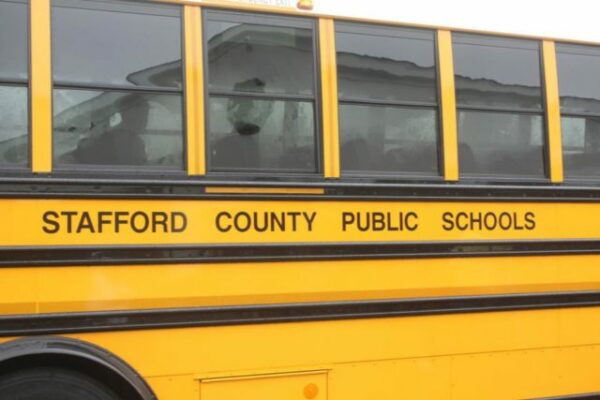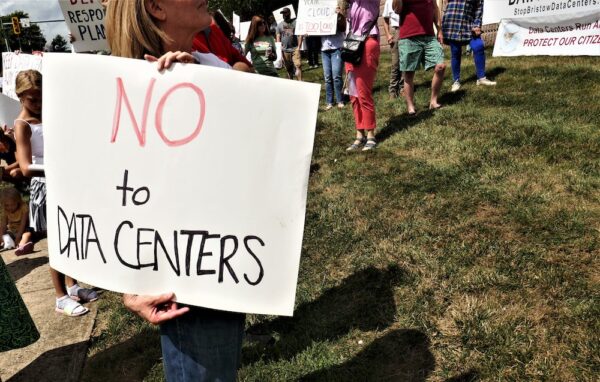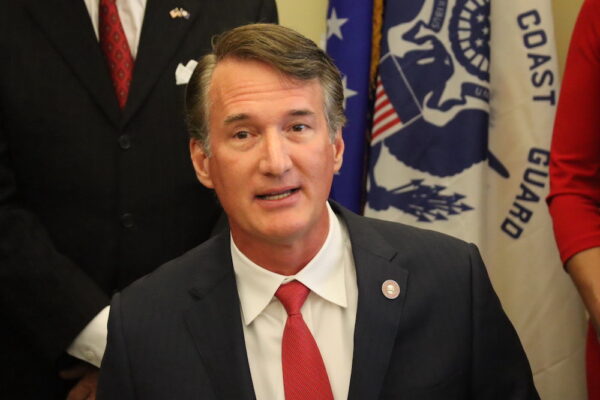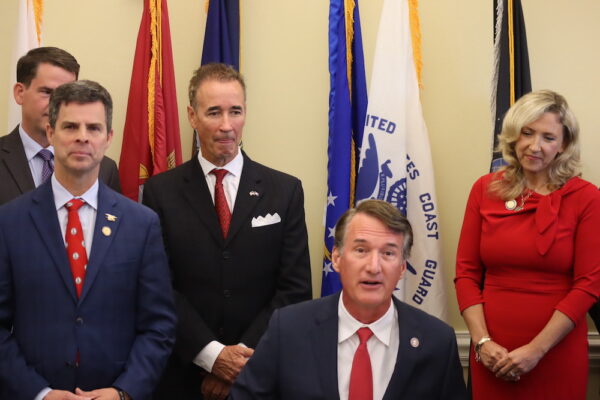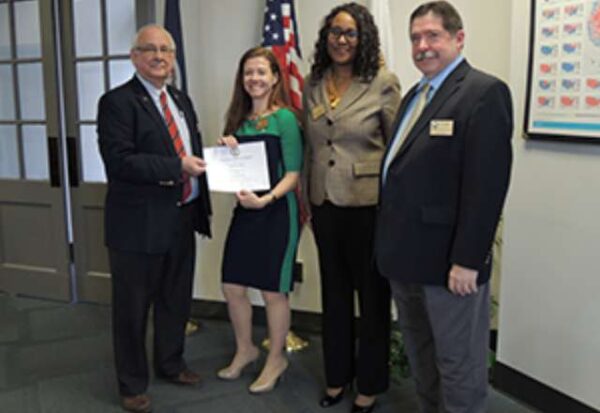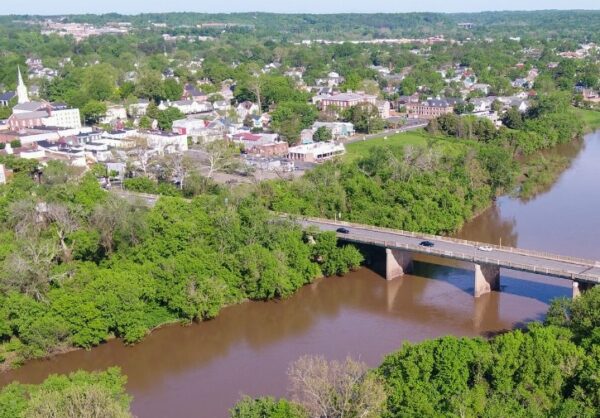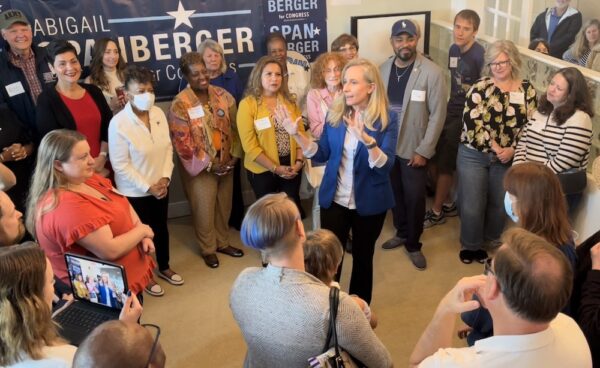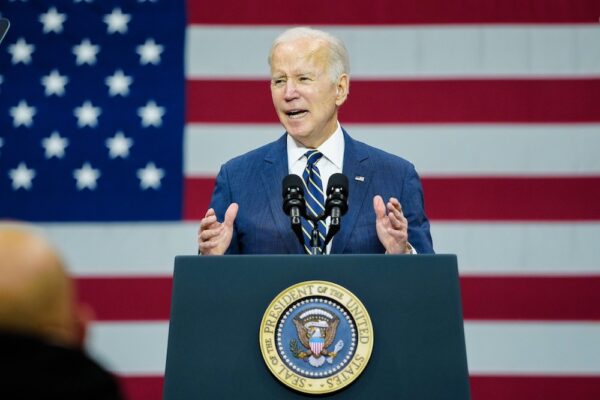
The Biden Administration has announced a three-part plan to help certain federal student loan borrowers transition back to regular payments as pandemic-era freezes end.
The plan would apply to working and middle-class loan borrowers and could cover up to $20,000. Borrowers had their repayments frozen during the Coronavirus pandemic, and deadlines for the freeze had been moved several times during the pandemic under both the Biden and Donald Trump Administrations.
Biden, Vice-President Kamala Harris, and the U.S. Department of Education have released an outline of the three-part debt relief plan:
- A final extension on the student loan repayment freeze will extend to December 31, 2022. Payments will resume beginning January 2023
- The U.S. Department of Education will provide up to $20,000 in debt cancellation for Pell Grant recipients and up to $10,000 for non-Pell Grant recipients. Borrowers eligible for this relief must have individual income less than $125,000 or $250,000 for households. Borrowers who are employed by nonprofits, the military, or federal/state/tribal/local governments may be able to have all student loans forgiven in a limited window through the Public Service Loan Forgiveness program. That window will expire on October 31, 2022.
- A rule proposed by the administration would create a new income-driven repayment plan to reduce future monthly payments for lower and middle-income borrowers. Aspects of this plan would include forgiving loan balances after 10 years, covering borrower's unpaid monthly interest, lowering the payments from 10% to 5% of monthly discretionary income on undergraduate loans, and raising the income amount that is considered non-discretionary which would protect it from repayment.
Interested parties must sign-up for the department's newsletter when the process has begun and have until December 31 to apply.
While student loan forgiveness has been an issue of natural interest for some time, colleges and universities countrywide have sat on endowments worth millions of dollars or more.
The following is a list of colleges and universities and the current amount of their endowments as recorded on DataUSA:
- University of Virginia- $14.5 billion
- Virginia Commonwealth University- $2.72 billion
- Virginia Tech- $1.69 billion
- College of William and Mary- $1.3 billion
- George Mason University- $189.2 million
- University of Mary Washington- $58.8 million
- Northern Virginia Community College- $9.01 million
- Germanna Community College- $3.5 million
- James Madison University- $117 million
In response to this announcement, Republican Candidate Hung Cao, who is running for Virginia's 10th Congressional seat, made a statement regarding the plan claiming that it would contribute to worsening inflation, encourage colleges to increase tuition costs, and set dangerous precedents for presidential power.
"Biden's loan bailout does nothing to make college more affordable. And it robs Peter to pay Paul. Why should people who already paid their student loans to pay for others?" stated Cao in his press release.
Potomac Local News received no response from Wexton or incumbent Abigail Spanbeger (D-Va. 7) and office for comment but received no reply. Spanberger, who is running against Republican Yesli Vega, shifted the conversation from student loan forgiveness to pressing Virginia Gov. Glenn Youngkin (R) for an emergency response plan for Interstate 95.
Need to know election info:
- First day of in-person early voting at your local registrar's office: Friday, September 23, 2022
- The deadline to register to vote or update an existing registration is October 17, 2022.
- The deadline to apply for a ballot to be mailed to you is October 28, 2022. Your local voter registration office must receive your request by 5 p.m.
- Voter registration offices open for early voting: Saturday, October 29, 2022.
- The last day of in-person early voting at your local voter registration office: is Saturday, November 5, 2022, at 5 p.m.
